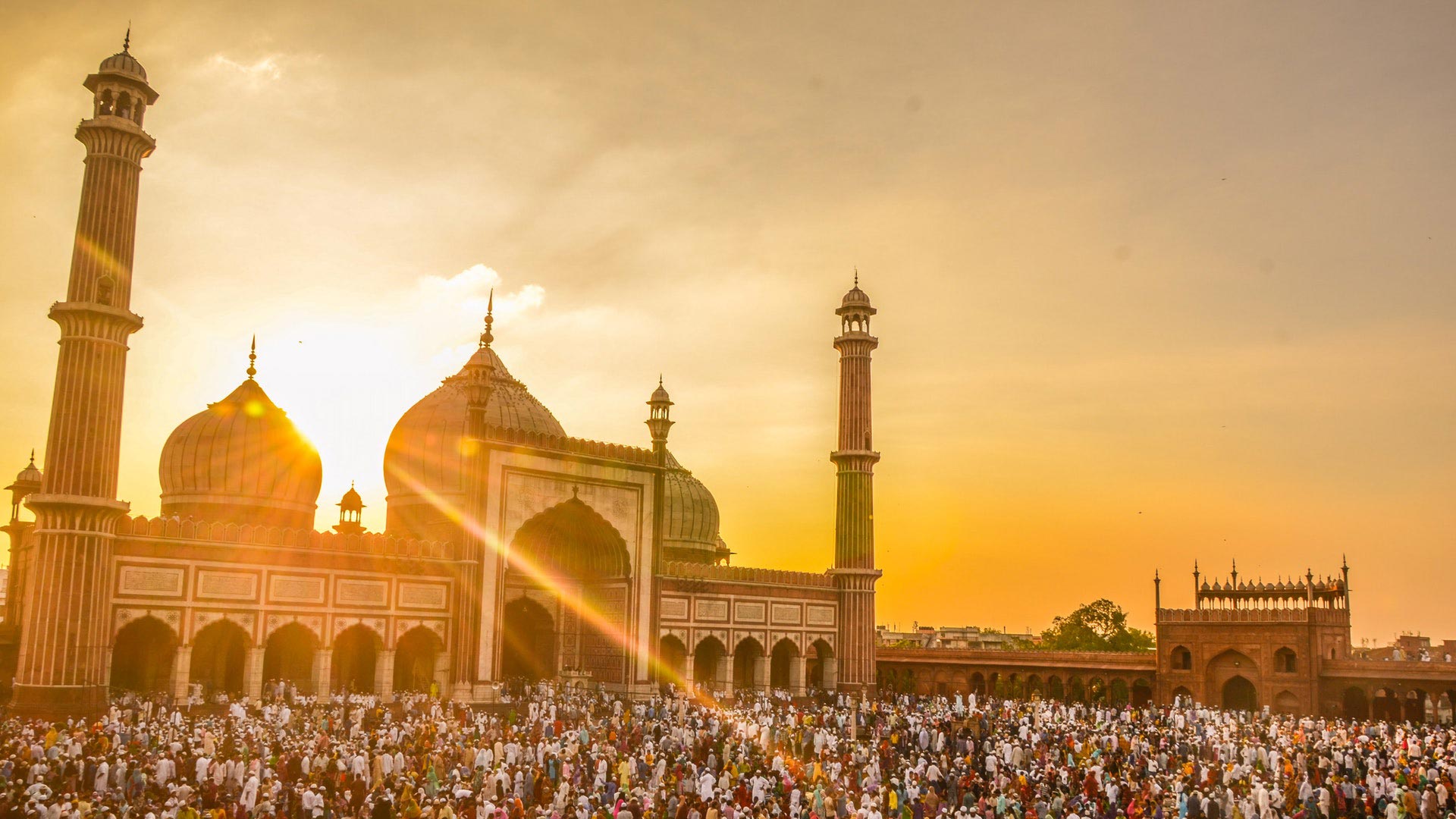
Read more
Blog, Public Attitudes
Acceptance of Refugees and Solidarity in the EU
The European Union is still feeling the reverberations of the 2015 migrant crisis, which sowed deep divisions among member states about the acceptance of refugees and migrants. Against this background, the Ukraine crisis has...
The contrast in attitudes toward refugees from Ukraine in 2022 compared to those from Syria in 2015 is stark and notable. While a range of factors shape this difference, the media’s portrayal of Muslims and Islam undoubtedly plays a role. Scholars have demonstrated how widespread negative coverage of Muslims affects both attitudes and policy preferences. To counter this dynamic, we propose that media outlets and citizens “tone-check” stories that touch on Muslims, much in the way they “fact-check” to ensure accurate reporting.
In Covering Muslims: American Newspapers in Comparative Perspective (Oxford University Press, 2022), we analyze over 1 million US newspaper articles from 17 national, regional, and tabloid newspapers from 1996 to 2016. We use a validated sentiment analysis method that checks words in these stories against those in eight separate dictionaries of positive and negative words. We benchmark all scores against a random sample of over 48,000 US newspaper articles, which allows us to directly compare the tone of stories mentioning Muslims, Catholics, Jews, Hindus, African Americans, Latinos, Mormons, and atheists.
Our most striking finding is that articles mentioning Muslims or Islam are far more negative than those related to any other group. The average article touching on most groups is quite close to neutral. The average article mentioning Muslims or Islam, by sharp contrast, is more negative than 84% of articles in our representative sample. This means that you would likely have to read at least six randomly selected articles to find one that was as negative as the average Muslim article. Stories about foreign war zones, extremism, or violent acts explain a portion of the negativity; but even after accounting for these factors, Muslim articles are still negative.
To give a more concrete sense of what this means, compare the following sentences that refer to Muslims. The first has a tone of the average article in our representative sample, whereas the second has the tone of the average Muslim article:
“A Muslim cleric from the US Navy will arrive today to discuss religious issues.”
“The Russian was made to believe by undercover agents that the radioactive material was to be delivered to a Muslim organization.”
In contrast to the neutral tone of the first sentence, the second is noticeably more negative.
Even articles focusing just on Muslim Americans are more negative than stories mentioning domestic racial, ethnic, or “religious” outgroups such as African Americans, Latinos, Mormons, or atheists.
Moreover, we show that the striking negativity in articles touching on Muslims is not unique to the United States. We collected over 500,000 stories mentioning Muslims or Islam from a range of outlets in Great Britain, Canada, and Australia. These articles paralleled those from the United States in tone almost exactly. And as with our American articles, no obvious set of factors can explain away the negativity.
Muslim articles thus reflect what can be called “systemic Islamophobia.” Journalists have an enduring tendency to use more negative words in stories touching on Muslims or Islam than when they write about any other group we have examined. We do not believe this is because of overt Islamophobia—at least not in the vast majority of articles. Most journalists are simply trying to identify and to report stories they view as newsworthy. But the outcome is a set of ingrained norms, standard operating procedures, and tropes that generate a lot of negative words in articles that mention Muslims or Islam.
To counter this, we propose that journalists and citizens “tone-check” Muslim articles. Like fact-checking, tone-checking is a conscious process of reviewing articles to catch errors or biases. Media outlets do this informally when editors reflect on whether assignments touching on Muslims are largely drawn from the same playbook and when reporters ask whether their rhetorical choices include negative words not central to the story. Newspapers can formally and systematically employ people to tone-check articles about a particular group that they know is represented in an especially negative manner.
As readers, we can also become more aware of biases embedded in the media. Knowing that articles about Muslims are so strongly negative—and so much more negative than articles about other groups—invites us to pause when we read the words Muslim or Islam. Does the story unduly associate Muslims with negativity? If so, we can try to consciously offset the systemic Islamophobia embedded in the media we consume.
Recognizing the negativity surrounding Muslims and Islam in Western media is hardly sufficient to level the policy playing field toward refugees from Muslim countries or to solve the host of other challenges related to longstanding stigmatization. But actively countering systemic Islamophobia in the media through tone-checking is one concrete step we can take to move in a positive direction.

